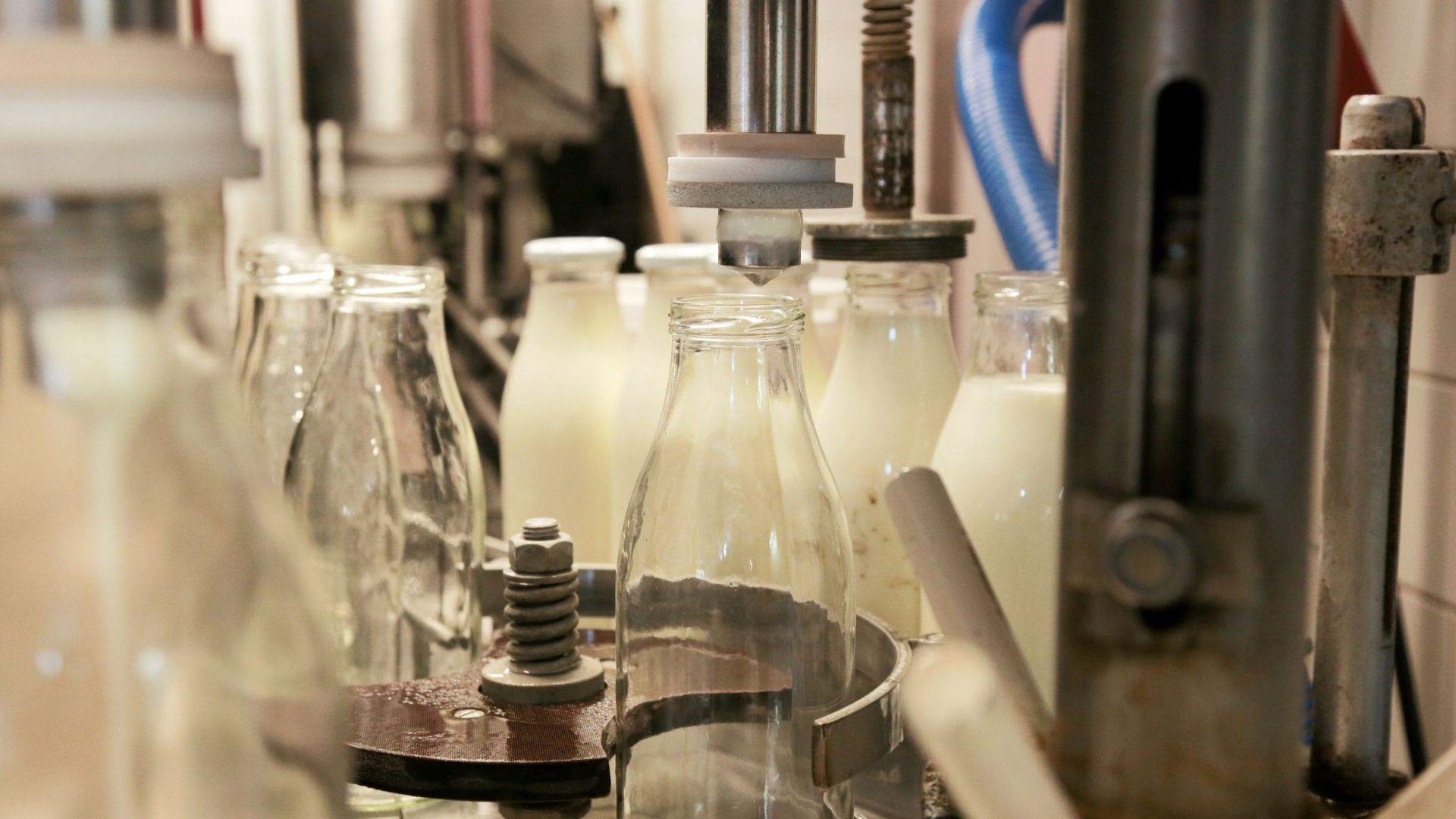Dairy industry’s profitability is on the edge in Poland

“The raw milk production’s profitability [in Poland] is teetering on the edge. Much depends on the farmer’s access to [sufficient quantities of] good-quality, own roughage, which is an exception rather than a rule given the growing herds and land hunger,” Wielkopolska Chamber of Agriculture (WIR), a prominent farmers organisation, said in its recent report.
Over the past 2 years, Polish dairy industry groups have been repeatedly complaining about the tough financial conditions with ups and downs in business marginality. WIR said the sector remains in the state of financial crisis, which ‘lasts too long’, gradually eroding the farms resources and make it more difficult to hold their ground.
“Unfortunately, no prospects for improving this dramatic situation are in sight,” WIR stated.
Raw milk in Poland is traded on average at PLN2.05 (US$0.51) per litre, though the price can largely differ depending on the region and buyer. No major rise is expected at least until the end of 2024, the WIR analysts claimed.
The Polish dairy industry remains under pressure from high energy prices and low prices of milk powder and butter on world stock exchanges, accompanied by a strong zloty, WIR revealed.
The global situation largely shapes the dairy industry development in Poland as well as in the EU as a whole, Grzegorz Rykaczewski, an analyst with Bank Pekao SA said. In the first quarter of 2024, around 1% more raw milk was delivered to European factories than in the previous year, Rykaczewski said. Increases in milk production were recorded primarily by France and Italy. Production fell in Ireland and the Netherlands.
“Against this backdrop, Poland stood out positively and was the driving force of EU production in the analysed period with a 5% increase in output,” he said.
The demand for milk and dairy products is particularly dictated by the situation on the Chinese market – the world’s largest importer. In January and February this year demand from China was weaker for skimmed milk powder, butter, and whey powder.
“There is a big question about how the situation around private consumption will continue to develop in China and whether the decline in sales will accelerate this year,” Rykaczewski said, adding that as first quarter consumption was below expectation, this sends shockwaves across the global market, putting prices under pressure.